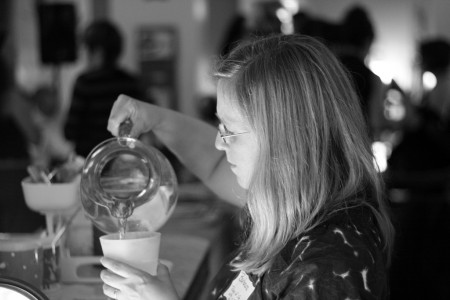In September, I will be displaying some of my photography at the Raw Sugar Cafe, on Somerset Street. With September 1st just six weeks away (and I will be unusually busy in the interim), I should start thinking about a theme. In total, it would be plausible to display anywhere between nine and 18 medium-to-large prints, with one horizontal level in the first case, and two in the latter. Including a few rather large prints among the moderately-sized ones would be an option, as well.
The first major consideration is choosing photos that strangers will want and appreciate. Portraits of people who I know are unlikely to fit the bill, unless perhaps they are very clearly artistic in conception. Basically, they need to be the kind of thing a stranger would be likely to want on the wall in their home or office.
A second consideration is image quality. Producing 8″ x 10″ or larger prints that are good enough to sell requires either files that came from my new digital SLR (purchased in November 2008), or shots taken under good conditions with previous point and shoot cameras. In particular, high-ISO, low-light shots may not be of acceptable quality.
One possible theme would be photos from various cities, from Paris to Ottawa to Istanbul to Vancouver. Conversely, I could probably come up with a suitable number of decent nature photos. Relatively abstract photos would be another possibility, such as close-up shots of objects and architectural details.
The exhibition will be divided between two walls: one shorter and suited to about four prints per horizontal level. The longer one would probably be best with five. As such, it would be possible to make the two walls contrast with one another: for instance, with colour prints on the longer wall and monochrome ones on the shorter wall.
Do readers have any theme suggestions? Alternatively, do they have any photos they particularly like and think would be suitable? My photo.net page includes more than 500 of my better photos, though it isn’t especially well updated with recent ones. More links are on the ‘my photos’ section of this site.
[Update: 31 August 2009] The exhibition opening party / music gig has been mentioned on the blog of the Astronaut Love Triangle.
[Update: 9:02pm] The event is also mentioned on David Scrimshaw’s blog.
[Update: 1 September 2009] Hella Stella has also drawn some attention to the event.
[Update: 10:57am] Zoom also has the story.
[Update: 11:01am] Incidentally, the photo exhibition is now fully planned. More information on the photos chosen is here. There is also a contest where you can win a mounted print for commenting.


